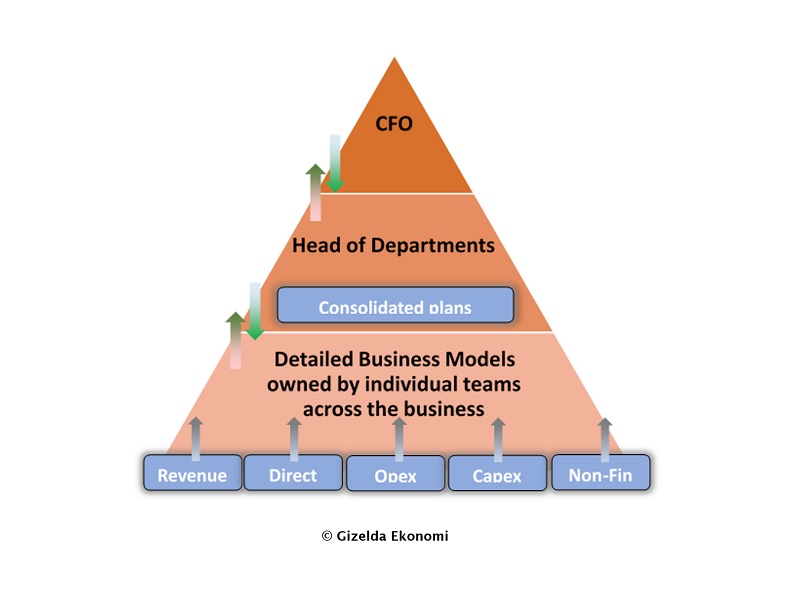The financial markets have always been a dynamic and challenging environment. With countless variables at play, predicting market trends accurately is often considered a Herculean task. However, with the advent of machine learning, this landscape is undergoing a transformation. Machine learning is rapidly becoming an indispensable tool for financial forecasting, helping investors make informed decisions and stay ahead of the curve.
In this blog post, we will explore the world of machine learning for financial forecasting, delve into the key techniques and models used, and discuss the impact it’s having on the financial industry.
The Power of Machine Learning in Finance
Financial markets are driven by an intricate web of factors, from economic indicators to geopolitical events. Traditional financial models have often struggled to capture the complexity of these interactions, leading to unpredictable market swings. This is where machine learning steps in.
Machine learning, a subset of artificial intelligence, empowers computers to analyze vast datasets, recognize patterns, and make predictions based on historical data. In finance, this capability is invaluable. Here’s how it’s transforming the industry:
- Data Analysis at Scale
Machine learning algorithms excel at processing massive datasets at incredible speeds. They can analyze historical market data, news sentiment, economic reports, and more, providing traders and investors with a comprehensive view of market conditions. - Predictive Modeling
One of the primary strengths of machine learning is its ability to build predictive models. Algorithms can identify patterns in historical data and use them to make forecasts about future market movements. This allows investors to make data-driven decisions and reduce uncertainty. - Risk Management
Managing risk is a crucial aspect of financial forecasting. Machine learning models can assess the risk associated with various investments, helping portfolio managers optimize their strategies and minimize potential losses. - Sentiment Analysis
Machine learning can analyze news articles, social media posts, and other sources of information to gauge market sentiment. This real-time analysis provides valuable insights into market dynamics and can influence trading decisions.
Key Machine Learning Techniques in Financial Forecasting
Machine learning encompasses a wide range of techniques, each suited to different aspects of financial forecasting. Here are some of the key techniques commonly employed:
- Regression Analysis
Regression analysis is a fundamental technique in financial forecasting. It helps establish relationships between variables and predict future values based on historical data. In finance, it’s often used to model stock prices, interest rates, and economic indicators. - Time Series Analysis
Time series analysis focuses on data collected over time, making it particularly relevant in financial forecasting. Machine learning models can identify trends, seasonality, and patterns in time series data, aiding in the prediction of future market movements. - Neural Networks
Artificial neural networks, inspired by the human brain, are powerful tools for financial forecasting. They can handle complex data and learn intricate patterns, making them suitable for tasks such as stock price prediction and risk assessment. - Reinforcement Learning
Reinforcement learning is gaining traction in finance for optimizing trading strategies. It involves training algorithms to make decisions based on rewards and penalties, ultimately fine-tuning trading strategies for maximum returns.
Real-world Applications
Machine learning is already making a significant impact on financial forecasting across various areas:
- Algorithmic Trading
Algorithmic trading relies on machine learning to make split-second trading decisions based on market data. These algorithms can analyze multiple factors simultaneously, execute trades, and adapt to changing market conditions. - Fraud Detection
Financial institutions use machine learning to detect fraudulent transactions in real time. These systems can identify unusual patterns and flag suspicious activities, helping prevent financial losses. - Credit Scoring
Machine learning models are improving credit scoring by considering a broader range of factors. This allows lenders to make more accurate assessments of creditworthiness and reduce default risks. - Portfolio Management
Portfolio managers use machine learning to optimize asset allocation and minimize risks. These algorithms analyze historical data and market conditions to make informed investment decisions.
Challenges and Considerations
While machine learning holds great promise in financial forecasting, it’s not without its challenges and considerations:
- Data Quality
The quality of data used for training machine learning models is paramount. Inaccurate or biased data can lead to flawed predictions and financial losses. - Model Interpretability
Some machine learning models, particularly deep neural networks, are often seen as “black boxes” that make it challenging to understand how they arrive at their decisions. This lack of transparency can be a concern in the financial industry, where accountability is crucial. - Market Volatility
Financial markets are inherently volatile and subject to sudden shifts. Machine learning models may struggle to adapt quickly to unforeseen events, requiring constant monitoring and adjustment. - Regulatory Compliance
The financial industry is heavily regulated, and machine learning applications must comply with strict regulatory requirements. Ensuring models adhere to these regulations can be a complex task.
The Future of Financial Forecasting
As machine learning techniques continue to evolve and improve, their role in financial forecasting will only become more significant. The ability to process vast amounts of data, make accurate predictions, and manage risk will continue to attract investors and financial institutions.
In conclusion, machine learning is reshaping the landscape of financial forecasting. It provides the tools necessary to navigate the complexities of financial markets, make informed decisions, and stay ahead of market trends. While challenges exist, the benefits of incorporating machine learning into financial strategies are undeniable. As technology continues to advance, we can expect even more sophisticated and effective machine learning applications in the world of finance, further revolutionizing the way we predict market trends and manage investments.


